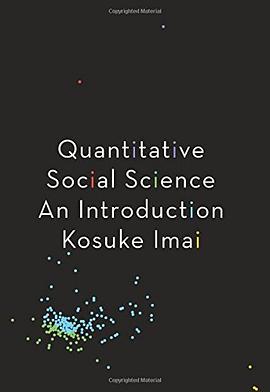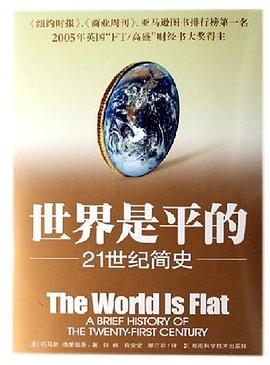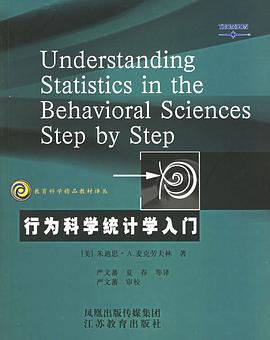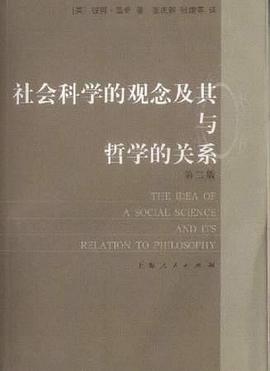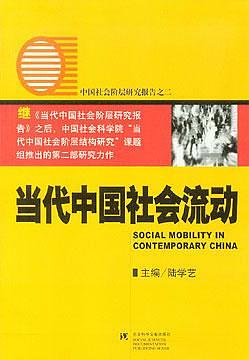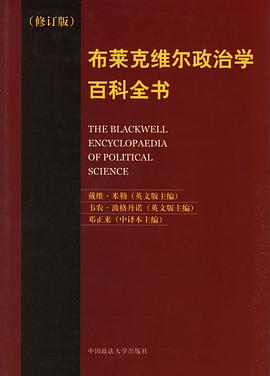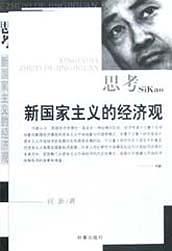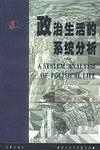List of Tables xiii
List of Figures xv
Preface xvii
1 Introduction 1
1.1 Overview of the Book 3
1.2 How to Use this Book 7
1.3 Introduction to R 10
1.3.1 Arithmetic Operations 10
1.3.2 Objects 12
1.3.3 Vectors 14
1.3.4 Functions 16
1.3.5 Data Files 20
1.3.6 Saving Objects 23
1.3.7 Packages 24
1.3.8 Programming and Learning Tips 25
1.4 Summary 27
1.5 Exercises 28
1.5.1 Bias in Self-Reported Turnout 28
1.5.2 Understanding World Population Dynamics 29
2 Causality 32
2.1 Racial Discrimination in the Labor Market 32
2.2 Subsetting the Data in R 36
2.2.1 Logical Values and Operators 37
2.2.2 Relational Operators 39
2.2.3 Subsetting 40
2.2.4 Simple Conditional Statements 43
2.2.5 Factor Variables 44
2.3 Causal Effects and the Counterfactual 46
2.4 Randomized Controlled Trials 48
2.4.1 The Role of Randomization 49
2.4.2 Social Pressure and Voter Turnout 51
2.5 Observational Studies 54
2.5.1 Minimum Wage and Unemployment 54
2.5.2 Confounding Bias 57
2.5.3 Before-and-After and Difference-in-Differences Designs 60
2.6 Descriptive Statistics for a Single Variable 63
2.6.1 Quantiles 63
2.6.2 Standard Deviation 66
2.7 Summary 68
2.8 Exercises 69
2.8.1 Efficacy of Small Class Size in Early Education 69
2.8.2 Changing Minds on Gay Marriage 71
2.8.3 Success of Leader Assassination as a Natural Experiment 73
3 Measurement 75
3.1 Measuring Civilian Victimization during Wartime 75
3.2 Handling Missing Data in R 78
3.3 Visualizing the Univariate Distribution 80
3.3.1 Bar Plot 80
3.3.2 Histogram 81
3.3.3 Box Plot 85
3.3.4 Printing and Saving Graphs 87
3.4 Survey Sampling 88
3.4.1 The Role of Randomization 89
3.4.2 Nonresponse and Other Sources of Bias 93
3.5 Measuring Political Polarization 96
3.6 Summarizing Bivariate Relationships 97
3.6.1 Scatter Plot 98
3.6.2 Correlation 101
3.6.3 Quantile-Quantile Plot 105
3.7 Clustering 108
3.7.1 Matrix in R 108
3.7.2 List in R 110
3.7.3 The k-Means Algorithm 111
3.8 Summary 115
3.9 Exercises 116
3.9.1 Changing Minds on Gay Marriage: Revisited 116
3.9.2 Political Efficacy in China and Mexico 118
3.9.3 Voting in the United Nations General Assembly 120
4 Prediction 123
4.1 Predicting Election Outcomes 123
4.1.1 Loops in R 124
4.1.2 General Conditional Statements in R 127
4.1.3 Poll Predictions 130
4.2 Linear Regression 139
4.2.1 Facial Appearance and Election Outcomes 139
4.2.2 Correlation and Scatter Plots 141
4.2.3 Least Squares 143
4.2.4 Regression towards the Mean 148
4.2.5 Merging Data Sets in R 149
4.2.6 Model Fit 156
4.3 Regression and Causation 161
4.3.1 Randomized Experiments 162
4.3.2 Regression with Multiple Predictors 165
4.3.3 Heterogenous Treatment Effects 170
4.3.4 Regression Discontinuity Design 176
4.4 Summary 181
4.5 Exercises 182
4.5.1 Prediction Based on Betting Markets 182
4.5.2 Election and Conditional Cash Transfer Program in Mexico 184
4.5.3 Government Transfer and Poverty Reduction in Brazil 187
5 Discovery 189
5.1 Textual Data 189
5.1.1 The Disputed Authorship of The Federalist Papers 189
5.1.2 Document-Term Matrix 194
5.1.3 Topic Discovery 195
5.1.4 Authorship Prediction 200
5.1.5 Cross Validation 202
5.2 Network Data 205
5.2.1 Marriage Network in Renaissance Florence 205
5.2.2 Undirected Graph and Centrality Measures 207
5.2.3 Twitter-Following Network 211
5.2.4 Directed Graph and Centrality 213
5.3 Spatial Data 220
5.3.1 The 1854 Cholera Outbreak in London 220
5.3.2 Spatial Data in R 223
5.3.3 Colors in R 226
5.3.4 US Presidential Elections 228
5.3.5 Expansion of Walmart 231
5.3.6 Animation in R 233
5.4 Summary 235
5.5 Exercises 236
5.5.1 Analyzing the Preambles of Constitutions 236
5.5.2 International Trade Network 238
5.5.3 Mapping US Presidential Election Results over Time 239
6 Probability 242
6.1 Probability 242
6.1.1 Frequentist versus Bayesian 242
6.1.2 Definition and Axioms 244
6.1.3 Permutations 247
6.1.4 Sampling with and without Replacement 250
6.1.5 Combinations 252
6.2 Conditional Probability 254
6.2.1 Conditional, Marginal, and Joint Probabilities 254
6.2.2 Independence 261
6.2.3 Bayes' Rule 266
6.2.4 Predicting Race Using Surname and Residence Location 268
6.3 Random Variables and Probability Distributions 277
6.3.1 Random Variables 278
6.3.2 Bernoulli and Uniform Distributions 278
6.3.3 Binomial Distribution 282
6.3.4 Normal Distribution 286
6.3.5 Expectation and Variance 292
6.3.6 Predicting Election Outcomes with Uncertainty 296
6.4 Large Sample Theorems 300
6.4.1 The Law of Large Numbers 300
6.4.2 The Central Limit Theorem 302
6.5 Summary 306
6.6 Exercises 307
6.6.1 The Mathematics of Enigma 307
6.6.2 A Probability Model for Betting Market Election Prediction 309
6.6.3 Election Fraud in Russia 310
7 Uncertainty 314
7.1 Estimation 314
7.1.1 Unbiasedness and Consistency 315
7.1.2 Standard Error 322
7.1.3 Confidence Intervals 326
7.1.4 Margin of Error and Sample Size Calculation in Polls 332
7.1.5 Analysis of Randomized Controlled Trials 336
7.1.6 Analysis Based on Student's t-Distribution 339
7.2 Hypothesis Testing 342
7.2.1 Tea-Tasting Experiment 342
7.2.2 The General Framework 346
7.2.3 One-Sample Tests 350
7.2.4 Two-Sample Tests 356
7.2.5 Pitfalls of Hypothesis Testing 361
7.2.6 Power Analysis 363
7.3 Linear Regression Model with Uncertainty 370
7.3.1 Linear Regression as a Generative Model 370
7.3.2 Unbiasedness of Estimated Coefficients 375
7.3.3 Standard Errors of Estimated Coefficients 378
7.3.4 Inference about Coefficients 380
7.3.5 Inference about Predictions 384
7.4 Summary 389
7.5 Exercises 390
7.5.1 Sex Ratio and the Price of Agricultural Crops in China 390
7.5.2 File Drawer and Publication Bias in Academic Research 392
7.5.3 The 1932 German Election in the Weimar Republic 394
8 Next 397
General Index 401
R Index 406
· · · · · · (
收起)
